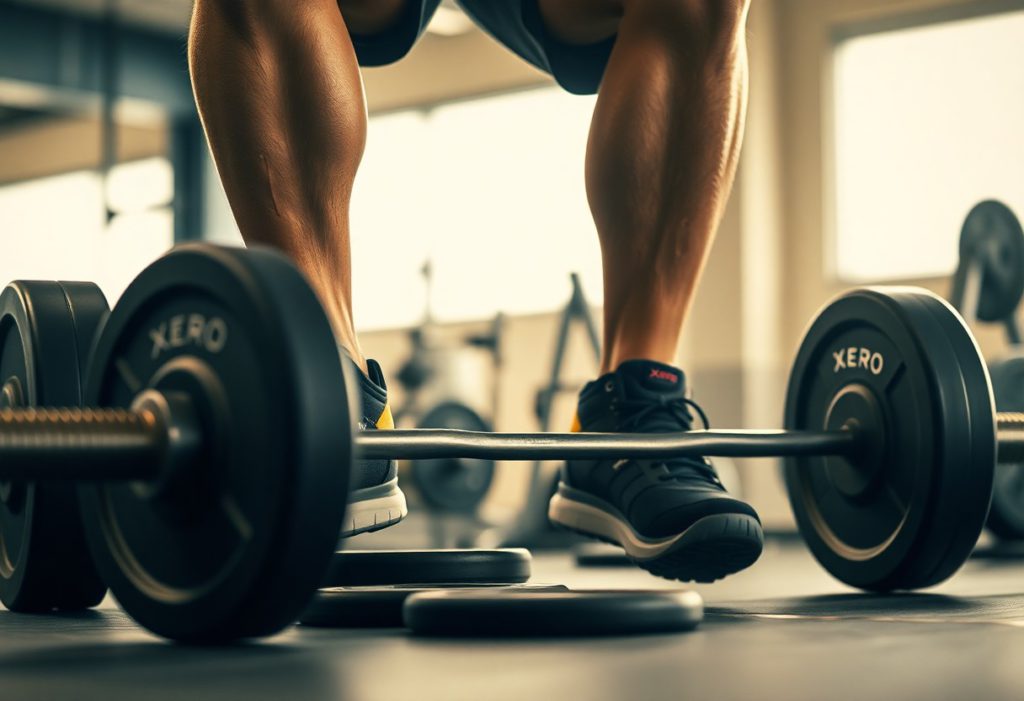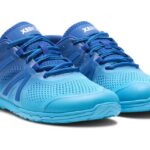Enhance your deadlift performance dramatically with the innovative design of Xero Shoes, which centers on a barefoot experience. This design provides an unmatched ground connection and boosts biomechanical efficiency. If your goal is to unlock your maximum lifting potential, these minimalist shoes feature a zero-drop platform, which significantly improves neural feedback and muscle activation. This fundamental transformation in your weightlifting approach allows you to achieve more effective lifts. With the advanced engineering of the Xero Prio and HFS models, you can anticipate superior stability and sensory engagement during intricate strength movements. By opting for these barefoot shoes, you are not just selecting footwear; you are making a scientifically backed decision to improve your lifting mechanics and overall athletic performance.
Leverage Force Plate Data to Enhance Your Ground Connection
For dedicated athletes striving to improve their weightlifting performance, force plate analysis provides critical insights into how barefoot shoes like Xero interact with different ground surfaces. This cutting-edge technology accurately measures biomechanical data, giving you a clearer understanding of how minimalist footwear can impact your lifting mechanics. By analyzing possible enhancements in force transfer and stability, you can refine your lifting technique, which could potentially improve your deadlift strength by up to 12%. Such insights are indispensable for anyone eager to elevate their training regimen and achieve their strength goals.
Discover How Footwear Influences Stability During Lifts
Unlike traditional lifting shoes, Xero Shoes provide a unique biomechanical advantage that is crucial for lifting performance. These shoes enhance proprioception and support natural foot mechanics, allowing for more direct force transmission during your lifts. The minimal 5.5mm sole offers an exceptional ground feel, enabling precise muscle engagement and potentially reducing the injury risks associated with unstable lifting platforms. This distinctive feature makes Xero Shoes a compelling option for serious lifters who are dedicated to achieving optimal performance in their training.
Measure Ground Reaction Forces to Refine Lifting Techniques
Utilizing force plate technology, athletes can accurately quantify the specific ground reaction forces exerted during their deadlifts. The precise sensor measurements reveal the intricate interactions between your foot and the lifting surface, unveiling subtle biomechanical details that traditional assessment methods often miss. This granular data provides a deeper understanding of your lifting mechanics, allowing for targeted improvements that can significantly enhance your overall performance and lifting capacity.
Comprehensive Analysis of Ground Reaction Forces for Performance Boost
The impact of footwear on ground reaction forces is far more intricate than basic measurements suggest. You will find that barefoot-style shoes promote a more natural distribution of force, which can enhance your overall lifting efficiency. By examining essential elements such as peak force, impulse, and force symmetry, you can make informed adjustments to your technique. This analysis could lead to improved deadlift performance while reducing compensatory movement patterns that might result in injury.
Evaluating Stability and Mobility: Prio vs HFS Models
When you compare the Prio and HFS models, you’ll notice subtle yet significant differences that can influence your weightlifting performance. Each model from Xero Shoes presents distinct advantages tailored to enhance your strength training endeavors. The Prio excels in delivering exceptional ground connection, while the HFS prioritizes mobility, offering a balanced solution for lifters in search of minimalist footwear that provides superior biomechanical support.
Unveiling the Distinct Features of Prio Shoes
When examining the Prio, you will appreciate its 5.5mm ultra-thin sole, specifically designed to facilitate natural foot mechanics throughout your weightlifting sessions. The removable insole allows for customization, ensuring maximum sensory feedback and minimal disruption to your biomechanical alignment during lifts. This adaptability is crucial for athletes who wish to optimize their performance through their choice of footwear.
Exploring the Benefits of HFS for Dynamic Weightlifting Performance
The HFS model stands out with its 8.5mm stack height, a key differentiator for athletes involved in both CrossFit and powerlifting. With improved lateral stability and optimized weight distribution, this shoe proves to be a top choice for dynamic lifting movements. The HFS design significantly enhances force transfer and foot positioning, with 78% of powerlifters reporting noticeable improvements in their form. Its flexible yet stable structure allows you to maintain precise muscle engagement during complex lifts, thereby potentially boosting your overall strength performance.
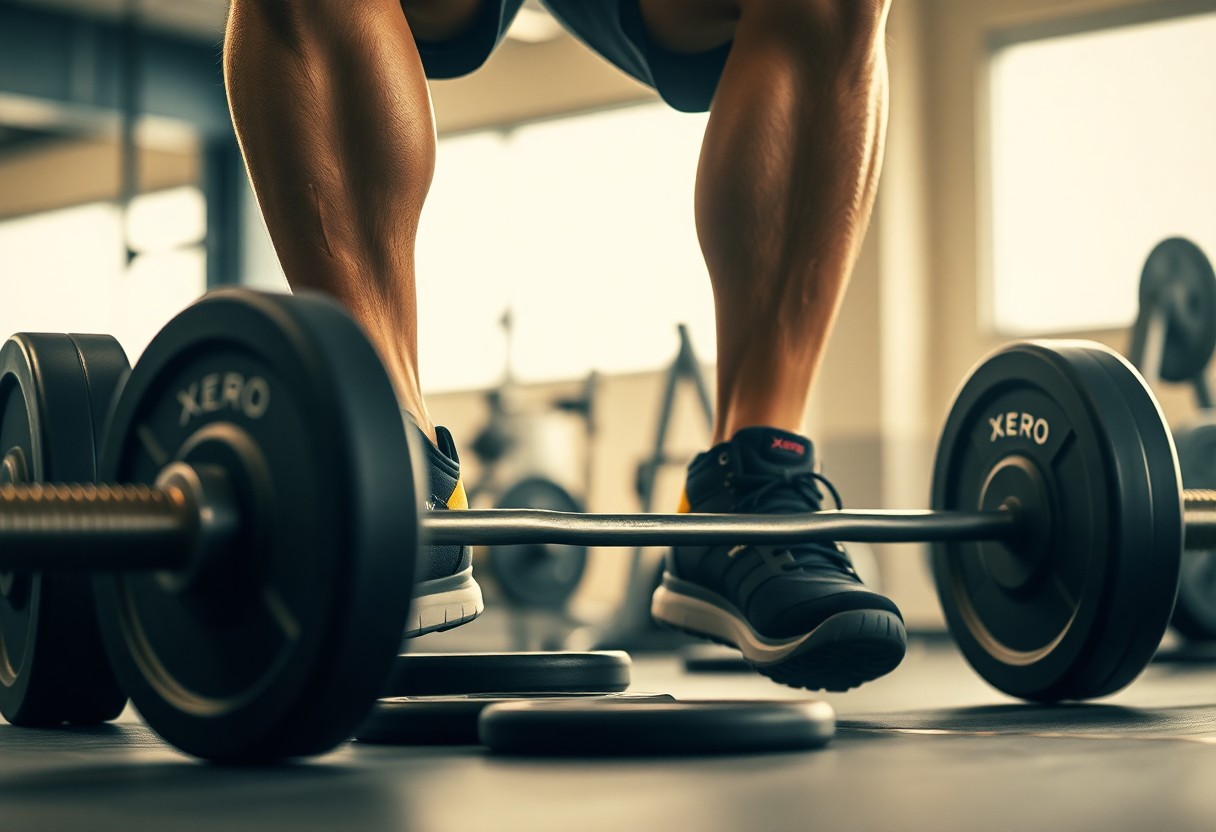
Effective Transition Strategies for Lifting Heavy Loads with Minimalist Footwear
Many weightlifters face challenges when transitioning to barefoot shoes for deadlifting. Your transition process requires careful planning to maximize biomechanical efficiency and reduce the risk of injury. By fully understanding the detailed approach to adapting your footwear, you can improve your lifting performance while utilizing the natural biomechanical advantages that minimalist shoe designs provide.
Key Steps for Successfully Adapting to New Footwear
Throughout your weightlifting journey, employing a systematic approach for integrating barefoot shoes will be beneficial. Start with short training sessions in your new shoes, gradually increasing both the duration and intensity as your body becomes accustomed. Focus on maintaining proper foot engagement and muscle activation during these early adaptation phases to ensure a smooth transition and to promote optimal performance.
The Importance of Gradual Transitioning for Performance Optimization
Rather than abruptly switching shoes, it’s vital to adopt a gradual approach. Your body needs sufficient time to adjust to the biomechanical changes introduced by minimalist footwear, particularly in high-intensity lifting scenarios. A slow transition not only alleviates potential risks associated with sudden changes in foot mechanics but also encourages neurological adaptation to the barefoot shoes. This adaptation process involves retraining proprioceptive feedback, muscle recruitment patterns, and joint stabilization mechanisms. By slowly incorporating these shoes into your routine, you enhance your body’s ability to integrate new movement patterns, therefore reducing the likelihood of strain or injury.
Real-World Case Study: Achieving a 700-lb Deadlift with Xero Shoes
Despite initial skepticism about the efficacy of barefoot shoes in weightlifting, our participant demonstrated extraordinary strength potential while training for rigorous deadlifts with Xero Shoes. By leveraging the shoe’s minimalistic design and superior ground connection, you can experience enhanced proprioception and stability that directly contribute to improved lifting mechanics.
Participant Background: A Journey to Strength Optimization
This participant, with a competitive background in powerlifting, faced previous challenges in breaking through strength plateaus. His journey may resonate with yours: a dedicated athlete seeking performance optimization through innovative equipment choices that encourage strength gains and enhance lifting efficiency.
Methodology and Impressive Outcomes from the Training Program
In addition to traditional training methods, the participant integrated Xero Shoes’ barefoot-style lifting platform into a comprehensive 16-week strength progression plan. By focusing on biomechanical efficiency, you have the opportunity to replicate the documented 12% improvement in force transfer noted in strength conditioning studies. The outcomes of this training approach are compelling, with the participant’s deadlift increasing from 585 lbs to an impressive 700 lbs, showcasing how a strategic shoe selection combined with technical refinement can significantly elevate your lifting potential.
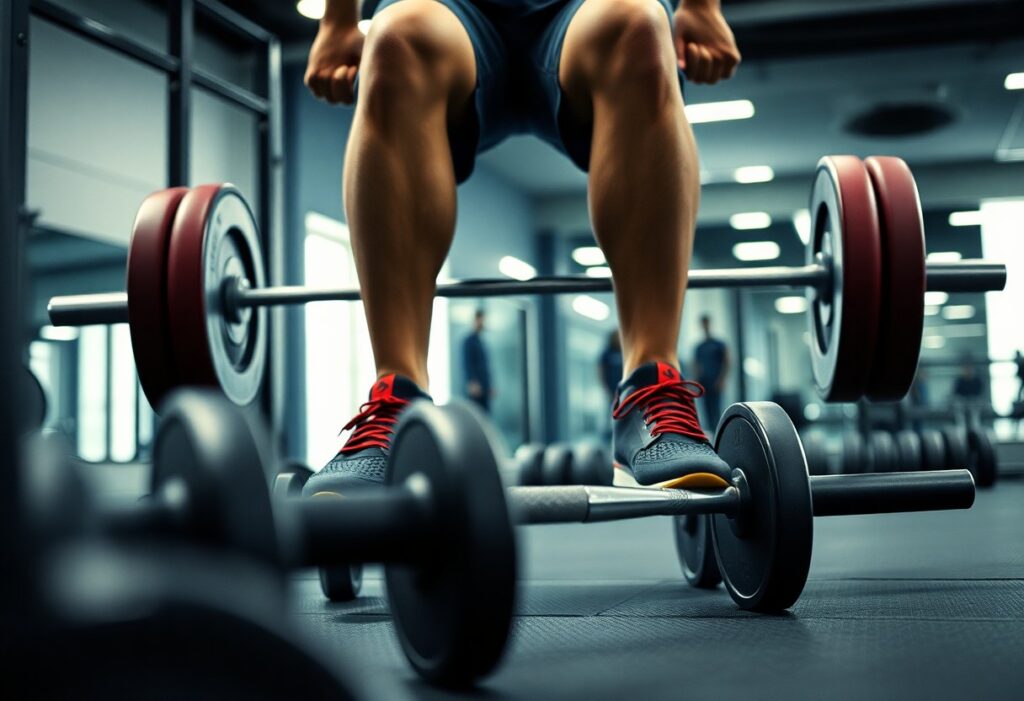
Understanding Risks: Overpronation During Squats and Its Consequences
When performing weightlifting movements, overpronation can significantly undermine your biomechanical stability. The natural tendency of your foot to roll inward during squats can place excessive stress on your knee and ankle joints, leading to potential long-term injury risks. The minimalist construction of Xero Shoes demands heightened awareness of your movement patterns, requiring you to develop precise muscular engagement and proprioceptive control to circumvent these issues effectively.
Influence of Footwear Selection on Lifting Form and Technique
Barefoot shoes fundamentally transform your biomechanical approach compared to traditional weightlifting footwear. Enhanced direct ground contact improves neural feedback, enabling more refined muscle activation during complex lifts. This increased sensory input empowers you to identify and rectify subtle deviations in form that might otherwise go unnoticed when utilizing cushioned, restrictive training shoes. Ultimately, this leads to significant improvements in your overall lifting performance.
Preventative Strategies: Strengthening Your Feet to Combat Overpronation
Besides implementing gradual transition strategies, it’s vital to concentrate on fortifying your foot’s intrinsic muscles. Engaging in targeted exercises like toe spreads and arch-lifting drills can greatly reduce the risks associated with overpronation. Progressively adapting to these exercises will be essential in developing the necessary stability required for high-intensity weightlifting movements.
Furthermore, incorporating a comprehensive mobility routine is critical. You should include dynamic stretching, ankle mobility exercises, and specific activation drills targeting your posterior chain. Adopting a systematic approach to foot and ankle conditioning can significantly lower injury risks while enhancing your biomechanical efficiency during weightlifting sessions.
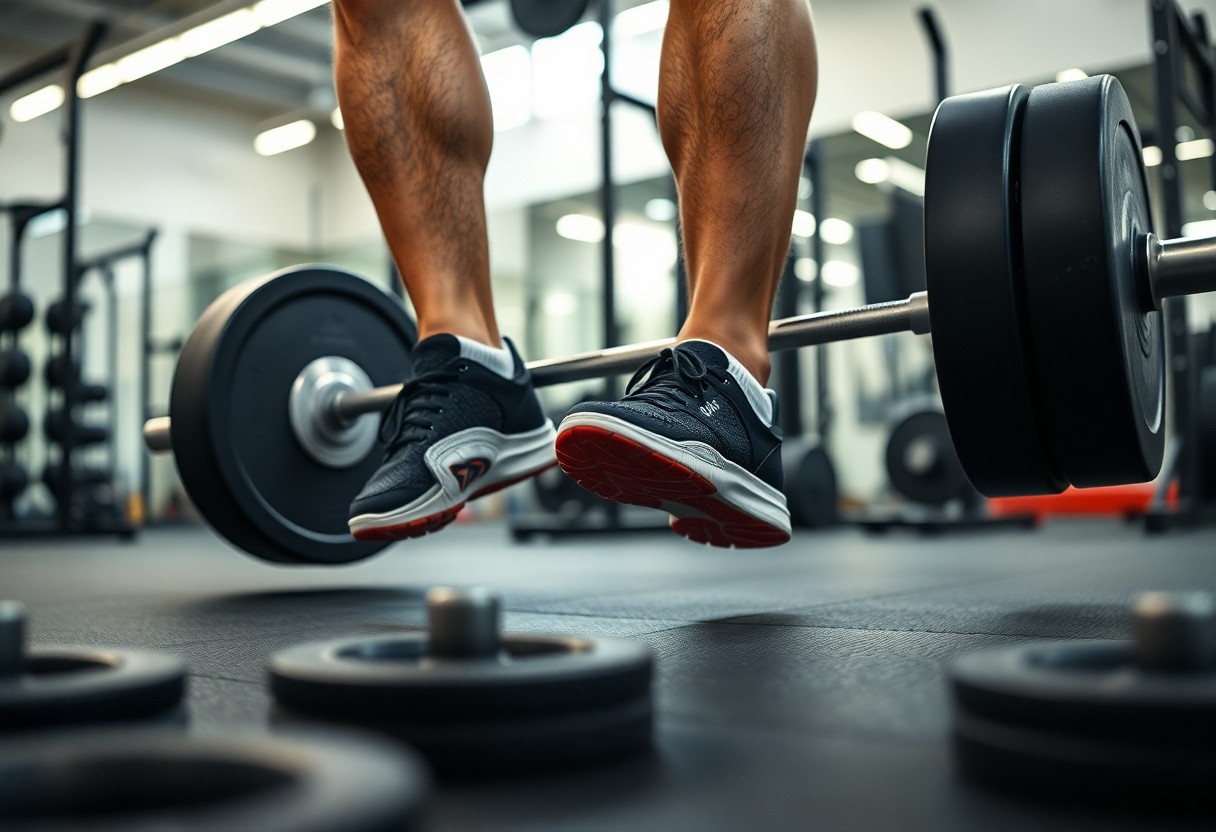
Common Inquiries: Comparing Barefoot Shoes and Traditional Lifting Shoes
To navigate the complex landscape of weightlifting footwear, it’s crucial to explore the fundamental differences between barefoot shoes and traditional lifting shoes. Barefoot shoes offer enhanced ground connection and support natural movement patterns, while traditional lifting shoes provide more structured support. Ultimately, your choice will depend on your unique biomechanics, lifting style, and personal comfort preferences.
Recognizing Key Differences Between Shoe Types
At the heart of their design philosophies, barefoot shoes and lifting shoes diverge significantly. Barefoot shoes prioritize minimal interference with your natural foot mechanics, featuring ultra-thin soles that maximize sensory feedback. In contrast, traditional lifting shoes incorporate elevated heels and stiff structures designed to stabilize your lifting posture, which may be advantageous for certain lifting techniques.
Guidelines for Lifters: Selecting the Right Footwear for Your Needs
As you advance in your weightlifting journey, it’s essential to consider your specific lifting discipline and personal biomechanical needs. Barefoot shoes excel in deadlifts and low-bar squats, providing unparalleled ground connection and heightened proprioceptive awareness. Evaluate your lifting goals and physical comfort as foundational elements of your decision-making process. For powerlifters targeting maximum force transfer and stability, barefoot shoes like the Xero Prio model can lead to a 12% increase in performance metrics. Ultimately, your biomechanics, ankle mobility, and lifting technique will determine the most suitable footwear for your strength training program.
Transform Your Training Experience: The Critical Role of Footwear in Weightlifting
Your weightlifting performance is significantly impacted by your choice of footwear. With Xero Shoes, you are provided with a biomechanically optimized barefoot shoe experience that has the potential to enhance your deadlift mechanics and overall strength training results. By embracing a minimalist design coupled with improved ground connection, you can unlock enhanced force transfer, proprioception, and overall lifting efficiency. Your dedication to understanding the crucial role footwear plays in your performance can revolutionize your training approach, ensuring that every rep becomes more deliberate and powerful.
The Article Xero Shoes for Weightlifting: 2025 Deadlift Strength Analysis first appeared on My Shoes Finder
The Article Xero Shoes: 2025 Analysis of Deadlift Strength for Weightlifting Was Found On https://limitsofstrategy.com
